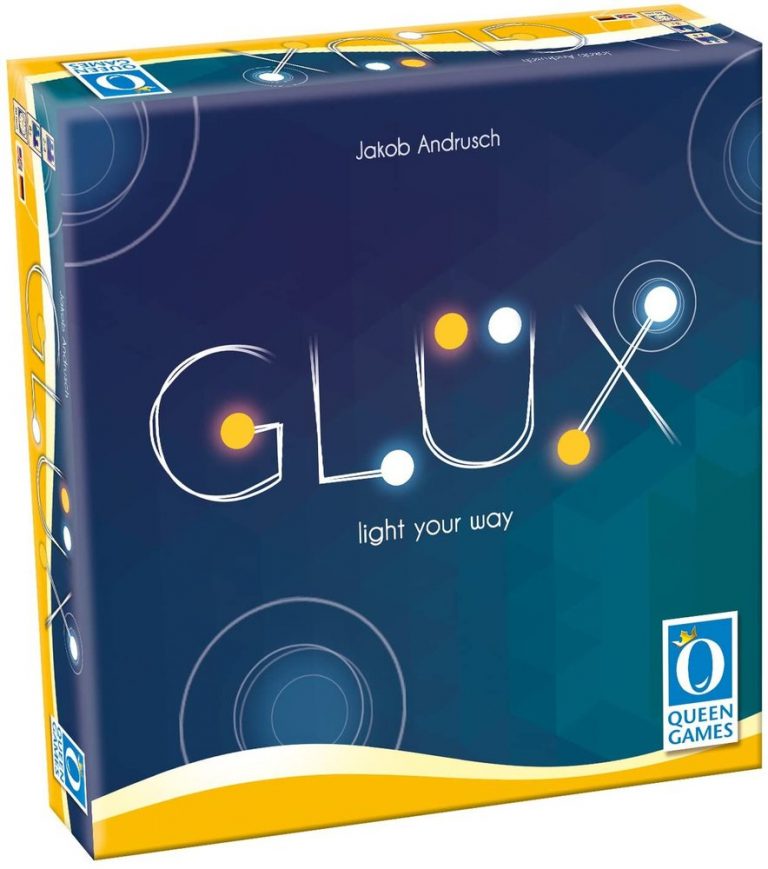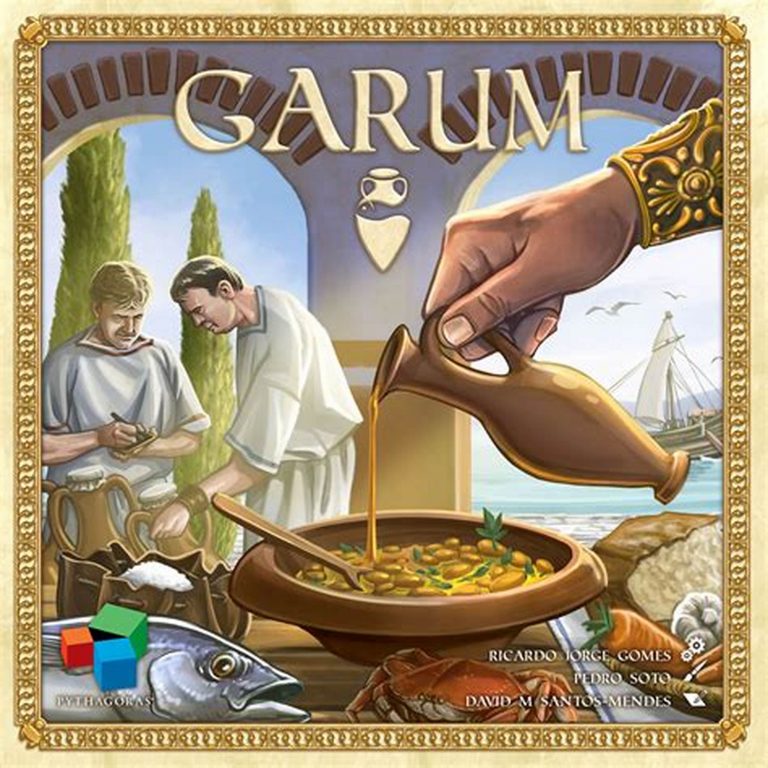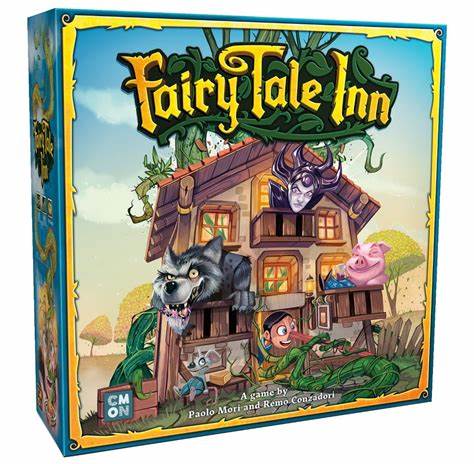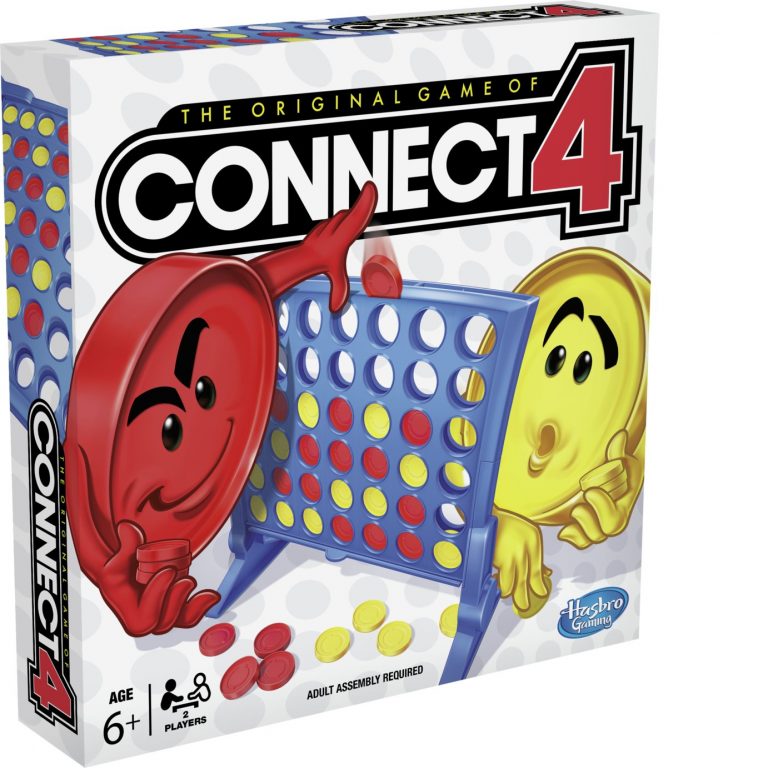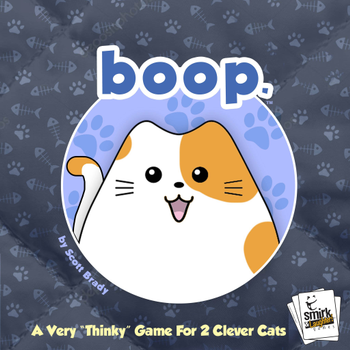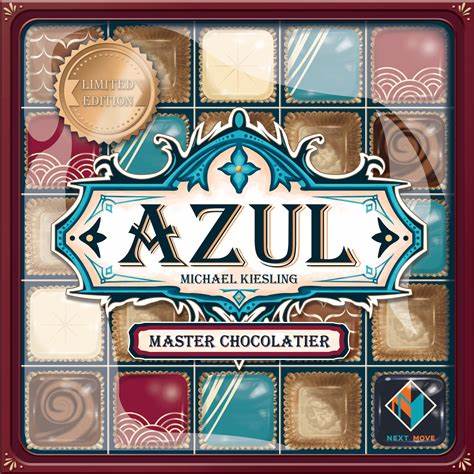
Kohaku
Kohaku is a peaceful koi-pond-building, tile-laying game. Each turn, players will draft both a Koi and Feature tile from the central pond board to place into their personal koi pond.
Score points by surrounding flowers with koi containing matching colors, placing frogs next to koi tiles that have dragonflies, and ensuring that baby koi have a safe place to hide by placing them near rocks.
Butterflies score based on line of sight, so make sure to line them up with similar-colored koi. Turtles and statues bring a sense of balance to your pond and score points more easily, but sometimes aren’t as valuable as some of the other features.
You must carefully plan the placement of your tiles, because once they are in your pond, they can’t be moved! With no restrictions on the shape of your pond, you can build a unique layout to maximize your koi pond’s appeal.
After there are no koi tiles available to refill the central pond board, the game ends. Players will total the points scored by each feature in their pond. The player with the most points wins.
Game Mechanics:
- Abstract Strategy
- Open Drafting
- Tile Placement
Game Specifications:
- 1 – 4 Players
- 30 – 45 Minutes
- Difficulty Weight 1.70
